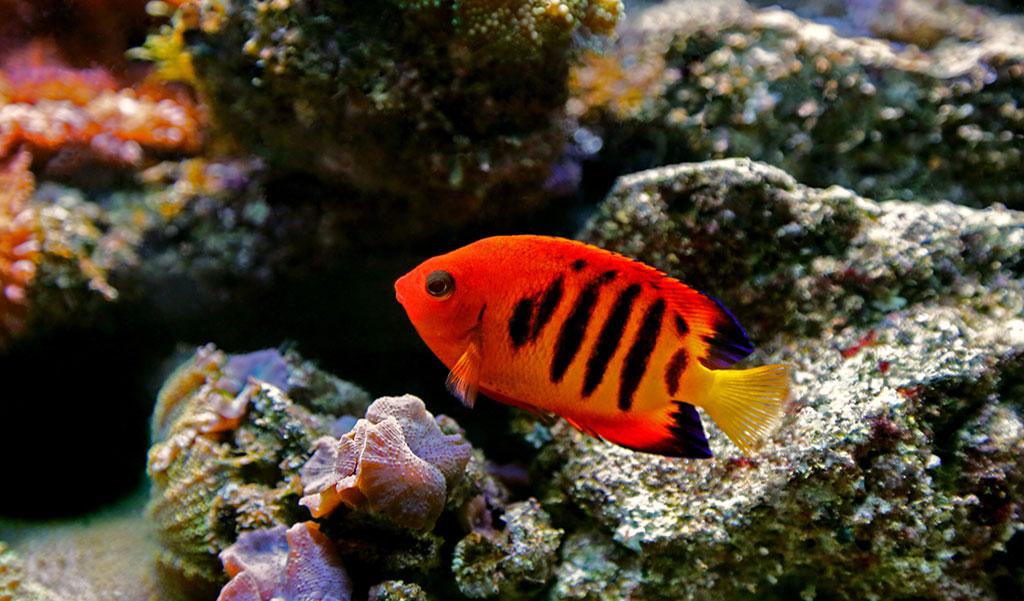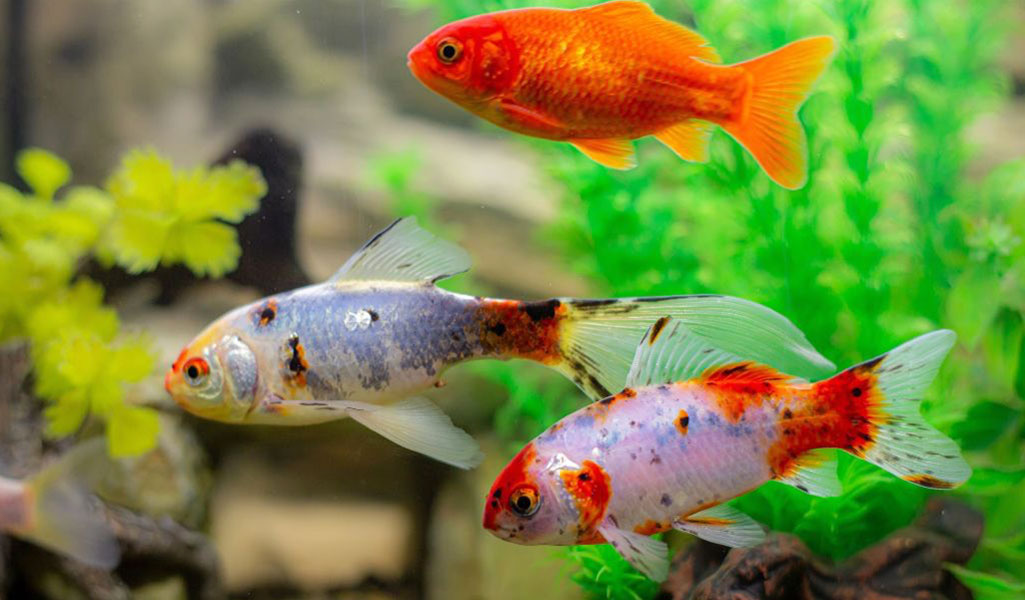Sick fish may be the result of parasite invasion, fungal infection, bacterial infection, or others. The following article will discuss bacterial diseases and treatment for fish in aquariums. Without wasting much time, let’s dive deep into it.
Bacterial diseases in fish
What are bacterial diseases in fish?
Gram-negative bacteria appear in the aquarium as a direct consequence of bacterial diseases in fish, such as genera Aeromonas, Vibrio, and Citrobacter. Generally, Aeromonas is a common cause of bacterial diseases in freshwater fish, while Vibrio brings effects to saltwater fish. Besides that, gram-positive bacteria can also be a reason for bacterial disease in fish, like Streptococcus.
In fact, bacteria diseases, such as fin rot disease, tail rot disease, gill rot disease, and red skin disease, are common in freshwater fish. To take fin rot disease as an example, the susceptible infected fish include those with long or flowing fins, like betta fish, fancy goldfish, and molly fish. On the other side, saltwater fish may be infected with bacterial gill disease, blood poisoning disease, blood vibriosis, popeye disease, or other bacterial diseases. As for blood vibriosis, fish from the Cichlidae family would be susceptible to infection.
Causes of bacterial disease in fish
- Result of gram-positive or gram-negative bacterial infection (gram-negative infection is more common in saltwater fish)
- A secondary infection for preexisting parasite or worm infestation
- Open wound on fish body
- Overstock
- Poor water quality
- Stress
- Nutrient deficiency
- Other factors lowering fish’s immune system
Symptoms of bacterial disease in fish
- Lethargy
- Loss of appetite
- Abnormal swimming patterns
- Cloudy eyes
- Rotten fins or tail
- Hemorrhagic lesions on the skin
- Dropsy
- A white film on the fish’s body
Are bacterial diseases contagious in fish
Commonly, moat bacterial diseases are contagious. Take tail rot disease as an example. If one fish suffer tail rot disease, others in the same tank would be gradually infected, and then their tails would begin decaying. If serious, the whole tail would be rotten. Consequently, once diagnosed as bacterial disease infections, the sick fish should be quarantined and treated immediately.
How to treat bacterial infection in fish
In general, an antibiotic is an effective way to deal with bacterial infections in fish. The antibiotic can be added to the water to bathe fish, or in the food to feed, plus injected into the fish directly. However, adding antibiotics in the water to bathe fish may be just feasible for external infections. For instance, fish get rotten fins or lose the desired appetite.

Nevertheless, treating saltwater fish for bacterial diseases is harder than that freshwater fish. Also, bacteria diseases commonly appear among fish that be introduced to a new tank within two weeks. For example, if you find cloudy eyes on saltwater angelfish, your fish may suffer from bacterial diseases, which may threaten the fish’s life provided that you do not treat the disease early.
Then, how to treat sick fish? Setting up a quarantine tank is necessary. The quarantine tank size depends on the fish’s quantity and size. The salinity level should be reduced to 1.011-1.012, you can monitor the level with an aquarium hydrometer every day. As for antibiotics, sulfa-based medication is an excellent alternative. Generally, the antibiotic medication should be used lasting for 3 days. Then, change the water completely with water of a salinity level between 1.011 and 1.012. Commonly, it is best not to stop treating until the infected symptoms disappear.
Additionally, there are some tips – never add activated carbon in the filtration for the quarantine tank. Since the activated carbon will remove the medications from the aquarium water. Furthermore, it is vital to make sure plenty of oxygen levels in the aquarium during medication treatment.
FAQs
How can you prevent bacterial diseases in fish?
- Disinfect and quarantine the new fish before introducing them to aquariums
- Maintain optimal living conditions, like clean water and great water quality
- Never keep incompatible fish in one tank to avoid fish fights
- Make sure sufficient nutrition by feeding food rich in protein
- Add a UV sterilizer or filter pump with UV light
Can bacterial infections in fish spread to humans?
Definitely, some bacterial infections in fish can spread to humans. For example, Vibriosis, caused by vibrio bacteria, is common in saltwater fish. Actually, Vibriosis is also contagious to humans, especially people with weak immune systems. Once suffering from Vibriosis, people would show diarrhea, nausea, and vomiting. By the way, if your hands hurt, do not treat the sick fish with your hands directly. It is best to wear gloves.
What are some ways for maintaining good water to prevent bacterial infections in fish?
- Keep regular water changes, including partial water changes and complete water changes. During water changes, an electric vacuum gravel will help you a lot.
- Maintain ideal water parameters, like water temperature. As for tropical fish, you’d better add an aquarium heater to keep warm and stable water temp.
- Never overstock. Overstock may cause fish fights and injuries, which may pose risks of disease infections.
- Never overfeed. Or reduce the food quantity. As overfeeding means more uneaten fish food in the tank. As the uneaten food is decomposed, tank water parameters would be poorer.
- Build a great filtration system. Aquarium filters are beneficial to filter particles, debris, and other unnecessary substances in tanks. Also, filters help to absorb odors and grow beneficial bacteria. Hence, tanks keep clean and make sure comfortable living conditions.
- Quarantine new fish before introducing them to the aquarium. It decreases the risk of bacterial infections.

